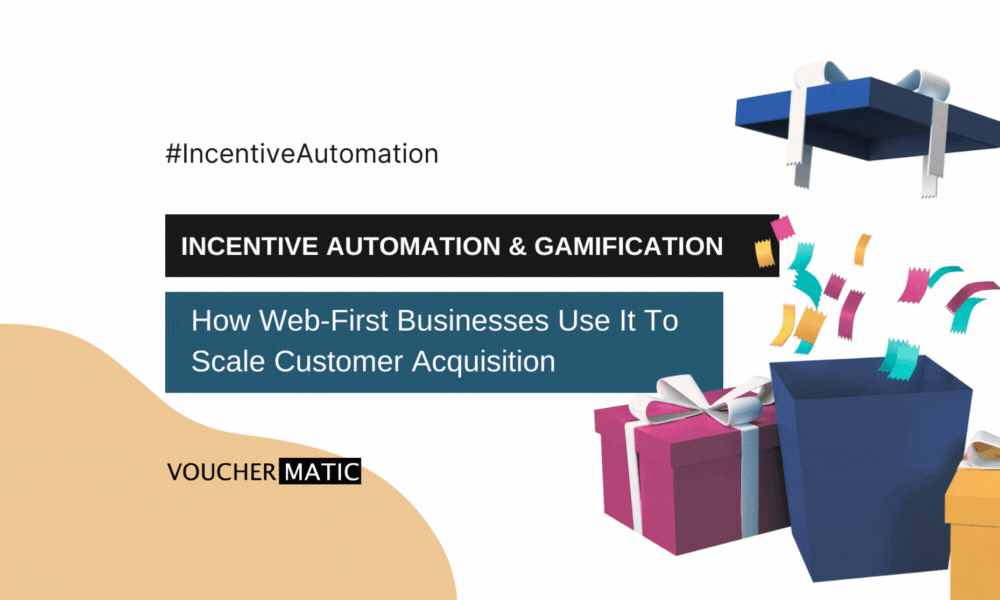Retail has gone digital, prompting web-first businesses to make their debut in competitive markets. The e-commerce sector is booming, worth $4.9 trillion worldwide, and it’s expected to grow over 50% in the next four years.
To secure a sizeable portion of the market share, gaining customers on online shopping platforms is of paramount importance.
Why Do Customers Love E-Commerce?

Growing on the Internet is easier than ever in this information age, with plenty of people purchasing through e-commerce sites. 58.4% of Internet users buy something online every week. Shopify reports that online sales almost rival sales from brick-and-mortar stores.
Why the shift from physical stores to online stores? Well, it mostly has to do with
- Speed: Consumers want things quick, and they want things now. Today, online stores allow for transactions to be completed rapidly, needing only a few clicks of a button to get the job done.
- Convenience: Consumers need not make lengthy trips to shops. They can do so from the comfort of their own home, from their own computer, tablet, or mobile phone and COVID-19 has a huge role to play in this behavioural shift.
- No geographical restriction: Customers can shop from all over the world, buying foreign goods without having to physically travel there.
Should I Go Web First?

In short, absolutely YES.
It is your job as a businessowner to know what your customers want from you, and how you can satisfy those demands. Today, customers prioritise speed and convenience above all else, which is exactly the desire that e-commerce answers.
How Do I Get Customers with a Web-First Business?
Today, with the proliferation of technology, starting a business on the web can help customers find you more easily. Though, for a new business, that endeavour may seem overwhelming.
With the right use of marketing techniques, like incentive automation and gamification, you’ll virtually have a crowd of customers gathered at your digital doorstep in a matter of days.
Here are some examples of such techniques that you can consider to grab your first few customers as a web-first business.
Incentives
Everyone loves discounts. If you promote your offers and deals and spread to the immense network of consumers, surely someone would be interested to give your store a chance.
Here are some incentive ideas that you can implement to attract new customers.
1) Pre-Order Discounts
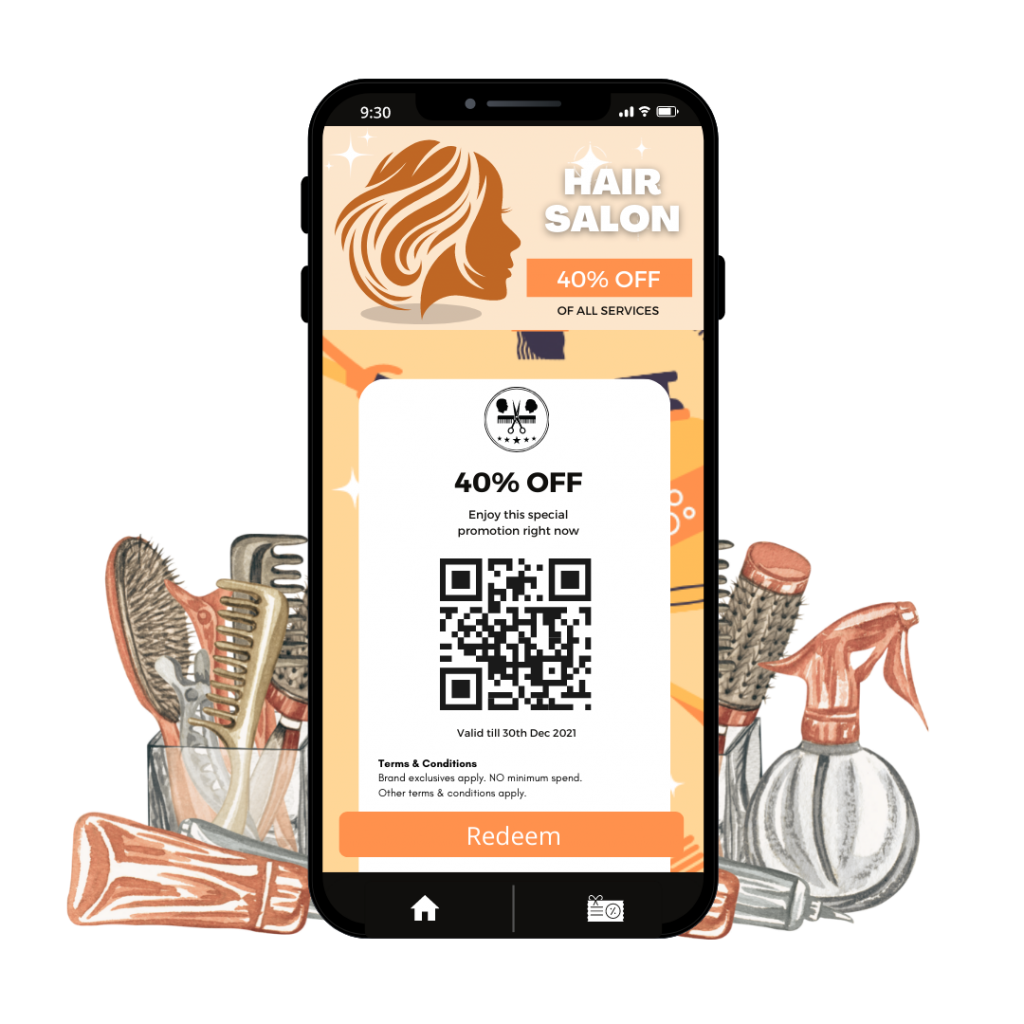
One of the best ways to generate hype for your up-and-coming store is through opening up pre-orders. Get an audience and customers before you even push out your products!
The tip here is to make pre-orders cheaper than what you will be selling the product for. That way, you can entice people to place a pre-order and buy from you to secure some sales.
Not only that, but you can capitalise on people’s sense of FOMO (Fear-of-Missing-Out) and stimulate urgency. This spurs them to act, since they don’t want to let this opportunity for a lower price slip them by.
You can also have a look at one of our case-studies and checkout how we helped our clients in the food industry to successfully run & manage a “buy first & redeem later” campaign.
2) First-Time Buyer Discounts
As a newly-opened web-first shop, it is highly unlikely that you have any customers who’ve bought from you yet. Unless you’ve opened up pre-orders, your first few customers are likely to be first-time buyers.
First-time buyer discounts can attract customers if you’ve just started your online shop, or even if you’ve been on the web for a while.
With an assured promotion on their first purchase, customers are more likely to want to shop with you, seeing as they are getting a reduced price than, say, if the product is sold elsewhere.
3) Seasonal Discounts

If you’re launching your web-first store near holiday seasons, then it’s a great time to leverage on the festive spirit.
Advertise for your products with stunning visuals that fit the holiday theme. And don’t forget to draw attention to the fact that you are giving out discounts.
Chinese New Year, Hari Raya, Deepavali, and Christmas are great times to push out such promotions. Alternatively, you can utilise other prominent days like Valentine’s Day, or even push out Back-to-School sales when June and December are coming to a close.
4) Referral Programs
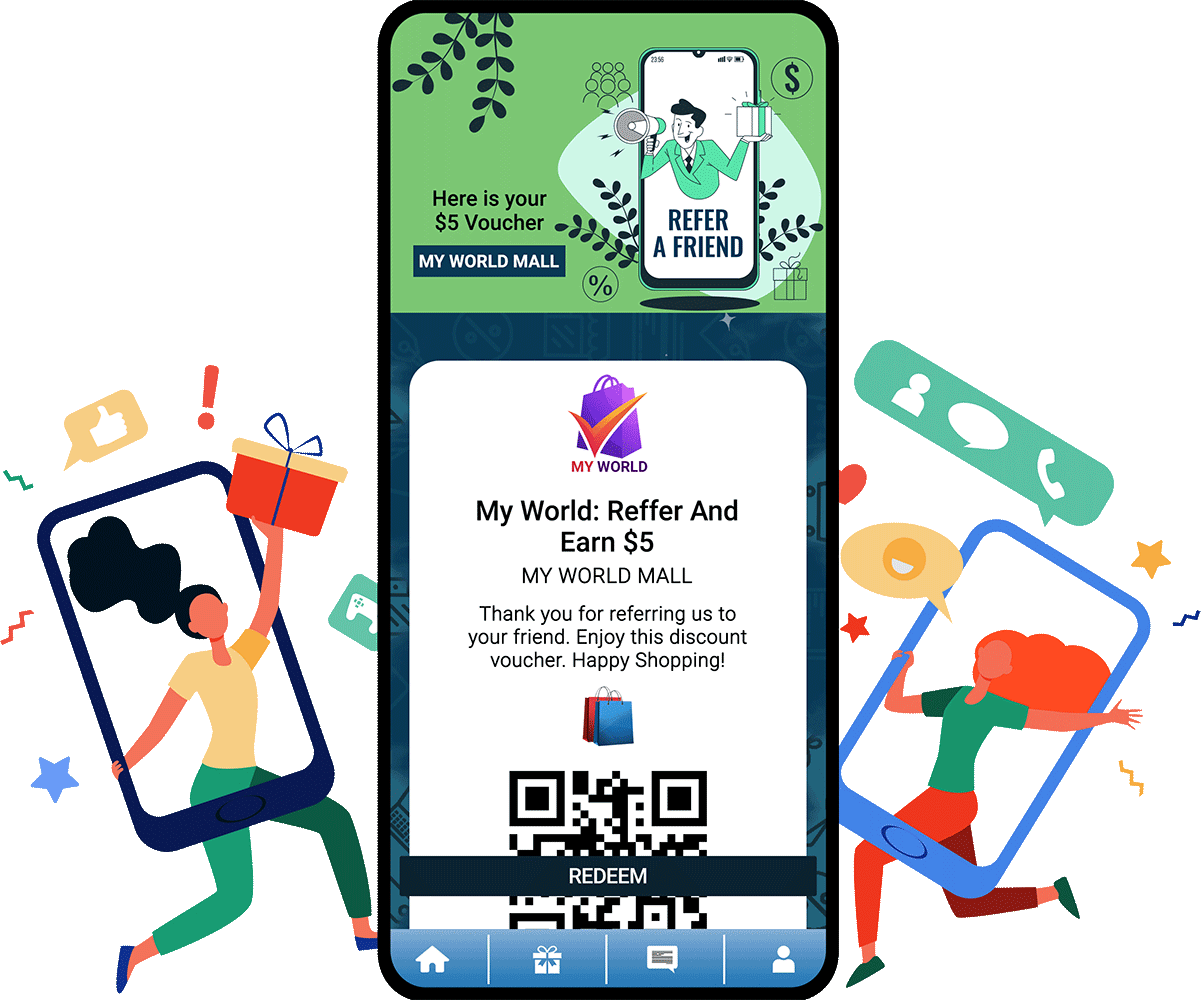
Word-of-mouth marketing is one of the best ways to advertise your web-first brand. On average, this form of marketing drives $6 trillion in annual global spending, and it contributes to 13% of all your sales.
According to HubSpot, 90% of people trust suggestions from family and friends, and consumers discuss specific brands casually an average of 90 times a week.
To speed this process along, and urge more people interested in sharing about your brand to others, you can start referral programs.
If your existing customers can get someone else to sign up for an account on your e-commerce shop, then you can reward them with a voucher for a discount or a free item.
Gamification Ventures
Gamification is great at drawing the attention of new customers. It has excitement, it has fun… what’s not to like? According to HuffPost, gamification can increase customer acquisition by 700%.
1) Games on Launch
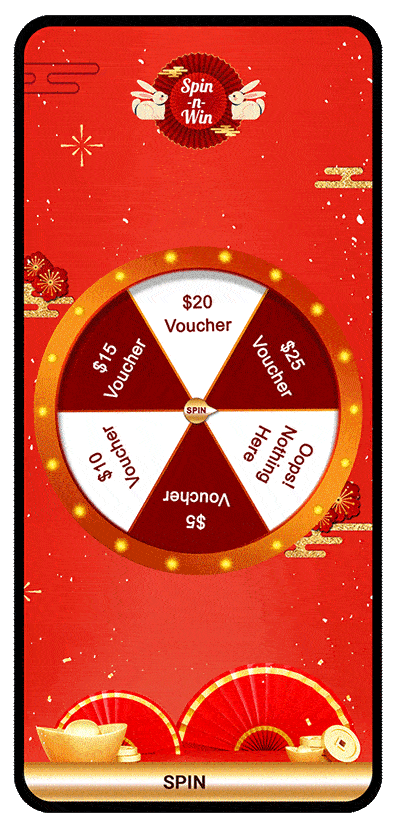
When you open your web-first shop, you can hold a virtual event for its launch—nothing too fancy, perhaps a little game that your customers can play to earn them rewards. These rewards can be claimed when they next purchase from you, for instance.
These games can come in the form of Spin-the-Wheel, or Catch the Falling Objects. Simple games that customers can play for a minute or two of fun.
2) Daily Games

You could implement games on your web page or app that customers can hop on in and play every day. Having gamification like this is sure to entice new customers, since they can look forward to playing it daily.
Daily games tend to be short, meaning that customers who are busy can also play them during break times. As this caters to many different types of people, you can maximise your reach to potential customers.
Moreover, playing games increases their exposure to your brand, and in time, new customers may even become loyal customers. They will associate the fun they had with your game. They will remember this and think of you first when they need to buy your product again.
Such games include Jigsaw Puzzles of rewards they can claim that day if they finish it, or Lucky Gift Boxes that they can open first thing in the morning.
3) Event Games
If you choose to hold a virtual event, or participate in one, then you can consider holding an event game. These games are likely to grab the attention of new customers who are just passing by. Intrigued, they may participate in the game and stick around to see what your brand is all about.
An event game that you can hold is that of a Lucky Draw, where you have customers sign up for the chance to win a reward. At the end of the event, draw the name of the lucky winner and distribute the prize.
This keeps the participants on their toes, since they don’t know whether they would be picked. It’s a surefire way to drum up some exhilaration and engage your customers at the same time.
Combination: Loyalty Programs
Now, with both incentives and gamification techniques being so powerful in their own right, is there a way to combine their might? Well, of course, in the form of Loyalty Programs.
37% of customers find that a brand having a loyalty program is effective in earning their business. Moreover, customers that are enrolled in a loyalty program would visit a company’s site 35% more frequently.
Gamification in Loyalty Programs
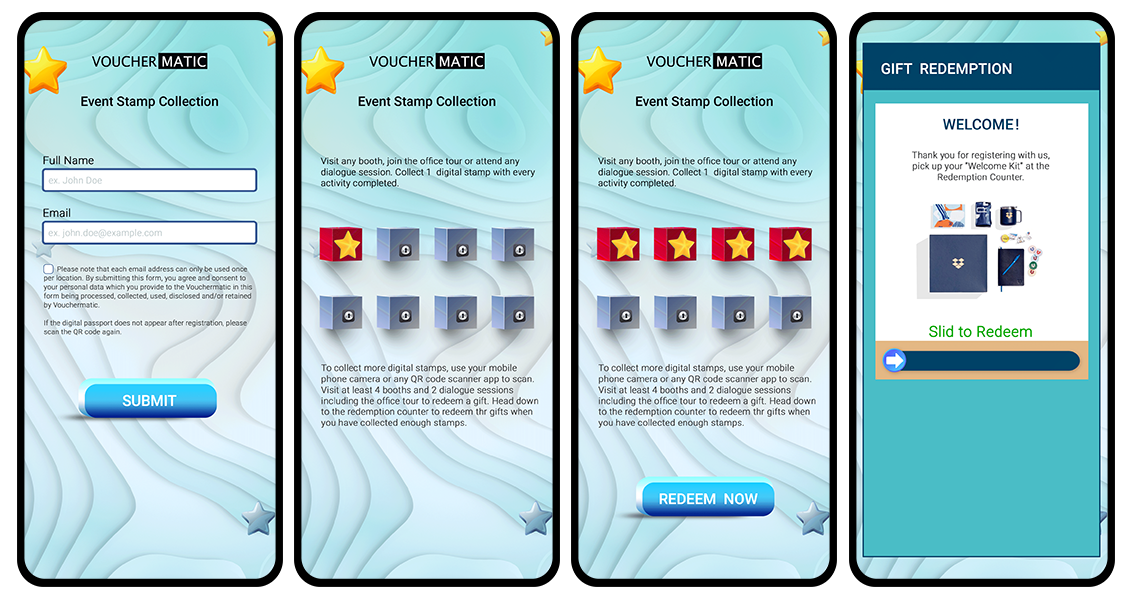
Loyalty programs are the best mix of gamification and incentives. Customers can earn points or stamps when they purchase from you, this aspect of gamification incentivising buying already. When they amass enough points, then they can use them to trade for rewards.
Examples of gamification you can use in loyalty programs are Stamp Cards, or point bars. Visual indicators help customers more clearly see progression, and will motivate them to collect more stamps or points.
Incentives in Loyalty Programs
These rewards can come in the form of vouchers, coupons, or even complimentary items. For a loyalty program to work effectively, rewards are a must. 30% of customers would switch to a rival company if they feel that there is no reward for their loyalty. In other words, they will jump ship if they don’t feel valued.
When it comes to redeeming points, you can also implement gamification. For example, you could issue customers Scratch Cards for them to scratch away to reveal their prize.
You can also allow customers to pick from a group of Mystery Gift Boxes to see what kind of prize they will get. If you want to, you can also choose to make it a sure-win game. That way, you can be sure that your customers will get their deserved reward.
Conclusion
A web-first business has many tools up its arsenal to compete with the giants of today. Even a small start-up or enterprise can leverage on various techniques like gamification and voucher distribution to attract their audience.
Rome was not built in a day. Start small—no one, not even Google, Amazon, or Shopify, become a massive conglomerate overnight. Slowly build your customer base up. As long as you keep at it, you’ll be sure to see some results in the days to come.
If you are looking to start your own web-first business and need some help setting up your rewards system or gamification, then look no further than Vouchermatic! We specialise in these areas and are dedicated to giving you the best service.
With our API-first approach, we can integrate our software no matter your platform. If this sounds too daunting, don’t worry—we’ll handle the technological side of things. All you need to be concerned about is your marketing strategy—how you’ll disseminate this to your potential customers, and what kind of rewards or games you want to create.
The longer you wait, the more crowded the e-commerce marketing is going to be! Contact us here, and we’ll be happy to discuss the kind of games or reward management platform you require.
